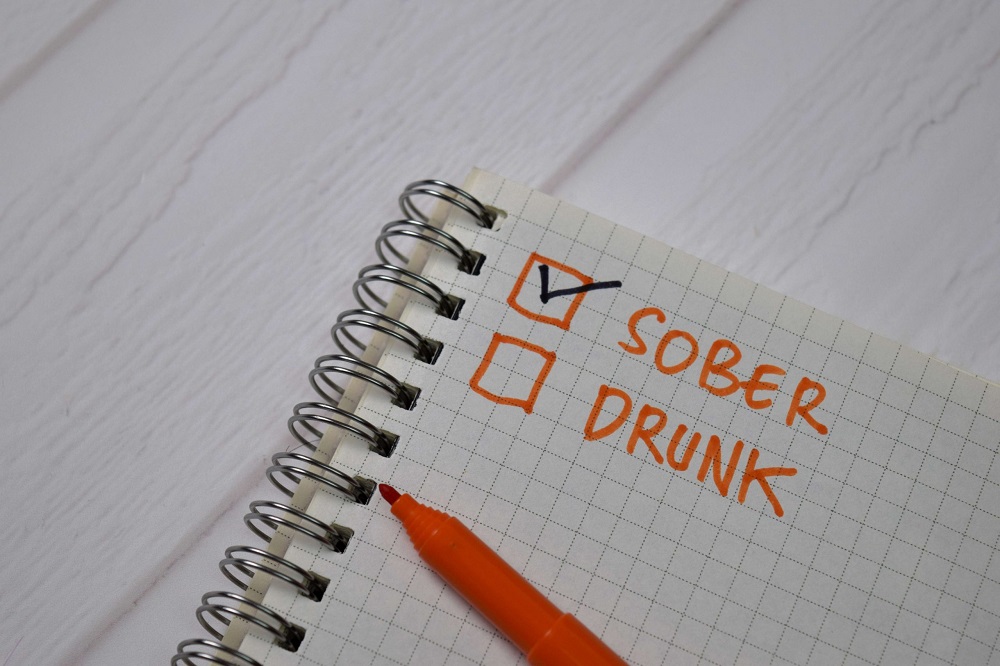Updated on May 28, 2024
Setting SMART Goals in Recovery
Finally, most forms of drug treatment, if implemented according to best clinical practice, are rigorous. These programs impose environmental schedules and controls and require a substantial amount of emotional work and behavioral change on the part of the client. Top 5 Advantages of Staying in a Sober Living House Their requirements range from such logistical conditions as restrictions on mobility, keeping appointments for psychotherapy, and urine testing to more deep-seated issues such as clinical frankness and movement toward behavioral and emotional maturity.
- If you feel stuck in the hopeless cycle of addiction, help is available.
- Research shows that about one-third of people who are treated for alcohol problems have no further symptoms 1 year later.
- The evidence, although thin, thus suggests that there are sharply fewer annual employer-related referrals to treatment than the combined figure from EAPs and DSPs of up to 264,000 potential cases.
- Even after successful treatment and intervention, the risk of relapse into substance abuse and dependence remains high.
keys to success with value-based care pay arrangements

Melanin and Mental Health offers an online network of Black and brown mental healthcare providers that is searchable by geographic area, issue type and treatment sought. It’s also possible to filter results by therapists’ racial background and specialty, as well as by insurance carrier. When setting your own SMART goals for recovery doesn’t work out how you planned, don’t worry — you’re not alone.
- We welcome adult learners who have experienced an interruption in their education and offer them practical, quality programs.
- Further, studies have shown that learning how to set effective goals can help people reduce drinking and drug use.
- The goals of clients, clinicians, program managers, payers, regulators, politicians, and other interested parties are often imperfectly matched.
- The more pertinent criterion is the concept of realistic and achievable due to the number of stressors that may impact goal pursuit in the context of addictive behavior change.
- Medical support groups such as Alcoholics Anonymous (AA) and other 12-step programs provide recovering users with peer support to abstain or cut back on their drinking.
Find Effective, Evidence-Based Treatment for Addiction in the Relay Program
These medicines can reduce your craving for opioids and may help you avoid relapse. Medicine treatment options for opioid addiction may include buprenorphine, methadone, naltrexone, and a combination of buprenorphine and naloxone. The SMART goals method refers to setting goals that are specific, measurable, attainable, relevant and timely. SAMHSA’s working definition of recovery defines recovery as a process of change through which individuals improve their health and wellness, live self-directed lives, and strive to reach their full potential. Recovery signals a dramatic shift in the expectation for positive outcomes for individuals who experience mental and substance use conditions or the co-occurring of the two. Remember, starting small and progressively increasing efforts enable sustainable changes in the recovery journey.
Addiction Counselor Duties and Responsibilities
Periods of imprisonment for felons sentenced to state prisons now average 2 to 3 years; the average imprisonment is somewhat less for drug offenses and somewhat more for violent offenses (e.g., 3 to 5 years for robbery, 7 years for homicide). Under widespread mandatory release rules, about 45 percent of the sentence is usually spent in prison initially, with https://businesstribuneonline.com/top-5-advantages-of-staying-in-a-sober-living-house/ the remainder on parole, not counting reincarceration time as a result of parole violation. Altogether, about 3.3 million individuals were under criminal justice supervision of one sort or another on the designated census days in 1987 compared with 1.3 million in 1976. Three out of four of these individuals were in the community rather than behind bars.
- The programs for addiction treatment in South Carolina empower individuals to overcome addiction and rebuild their lives on a foundation of sobriety and well-being.
- Abstinence from illicit drug consumption is the central clinical goal of every kind of drug treatment, but it is not the complete goal.
- You may have experience with counseling or in a related healthcare field and wish to specialize in chemical dependency and addiction.
Relay’s addiction recovery program provides a comprehensive, outpatient approach to behavioral change – at home, at your own pace. Try the Relay program for free here; if you need help as you get set up, contact us now at By following these steps and establishing a SMART goal, individuals in addiction recovery can have a clear plan to decrease substance use within a specific timeframe. Seeking guidance and support from healthcare professionals or therapists can significantly increase the probability of achieving these goals. Building a strong support system, regularly monitoring progress, and making necessary adjustments along the way will ensure success in reducing substance use.
Medications
- In this guide, primary care physicians and their care teams will learn how to include best practices in their processes and procedures to address child, adolescent and adult patients patients dealing with SUD.
- Unlike traditional 12-step programs, SMART Recovery does not use the concept of higher powers or labels like “addict” or “alcoholic.” It focuses on self-empowerment, self-reliance, and evidence-based techniques to help individuals make positive changes in their lives.
- This is perfectly fine as long as the person is able to get back on track once things return to normal.
- Clients may formulate exterior motives for entering treatment as “to get [someone] off my case.” External pushes are usually allied to some degree with positive pulls or motivation to change.
Your goals may include returning to work, repairing damaged relationships or maintaining a more positive attitude, each of which are factors that will encourage a healthier lifestyle free of substance abuse. One such goal is accepting that a slip-up can occur and how you will react to it. Some people see a slip-up as a giant step backward; others see it as a minor error in judgment.

